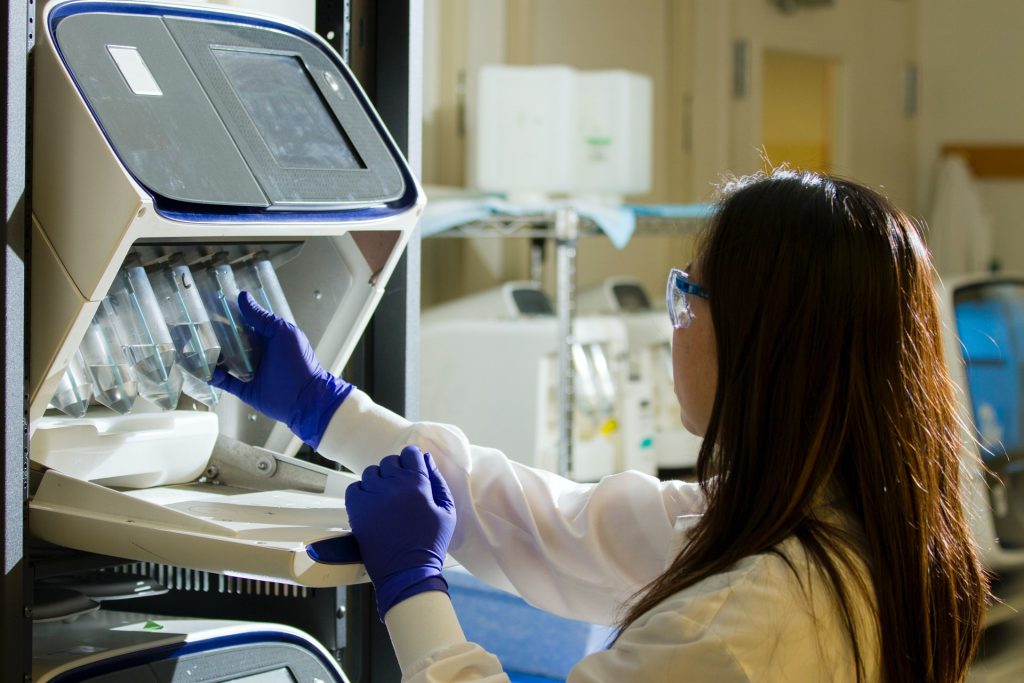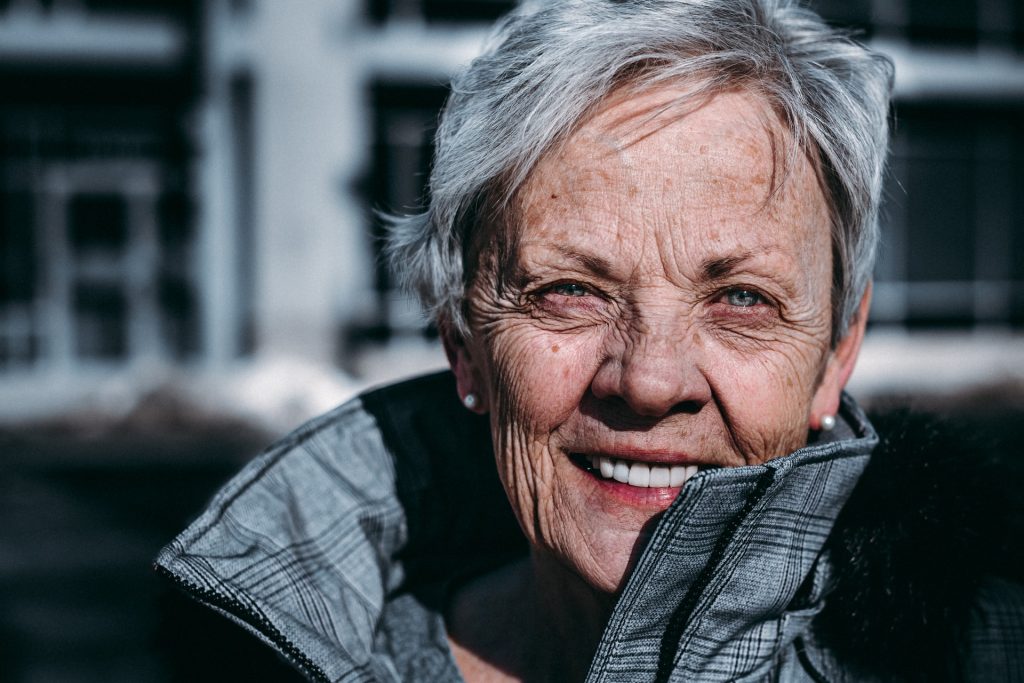Cancer Risk Declines in Old Age – New Research Helps Explain Why

When it comes to cancer, aging is a double-edged sword, researchers are increasingly learning. Age is considered the most important risk factor for cancer, due to the buildup of genetic mutations over time.
Now a study from researchers at Memorial Sloan Kettering Cancer Center (MSK) and their collaborators provides new evidence about how advanced age can also be protective against cancer. The study, conducted in a mouse model of lung cancer, was published in Nature.
“We know that as people get older, they’re more likely to get cancer,” says study first author Xueqian Zhuang, PhD, postdoc in the lab of senior study author Tuomas Tammela, PhD. “But there’s still a lot that’s unknown about how aging actually changes the biology of cancer.”
As with many types of cancer, lung cancer is diagnosed in most people around age 70, Dr Zhuang says. But once you get to 80 or 85, the incidence rate starts to come down again.
“Our research helps show why,” she adds. “Aging cells lose their capacity for renewal and therefore for the runaway growth that happens in cancer.”
Overall, the findings have two key implications, the researchers say:
- First, they point to the underappreciated role that iron plays in aging cells’ ability to regenerate — suggesting that therapies that target iron metabolism may work better in younger people than older ones.
- Second, they underline the potential value of early intervention and prevention efforts, targeting the window when most cancers initiate.
Cells’ regeneration ability linked to iron metabolism
To investigate why cancer incidence peaks in the early senior years and then starts to decline again, the MSK research team studied a genetically modified mouse model of lung adenocarcinoma, a common type of lung cancer that accounts for about 7% of all cancer deaths worldwide.
One of the things that makes it challenging to study aging in laboratory models is that mice take two years to develop to an age that’s equivalent to 65–70 years in people. The scientists found that as the mice get older, they make more of a protein called NUPR1. More NUPR1 makes the cells in the lungs function as if they are iron deficient.
“The aging cells actually have more iron, but for reasons we don’t yet fully understand, they function like they don’t have enough,” Dr Zhuang says.
Since the cells in the older mice functioned as though they didn’t have enough iron, they lost some of their ability to regenerate. And because that regenerative capacity is directly linked to the rise of cancer, the older mice developed far fewer tumours than their younger counterparts.
Intriguingly, this effect could be reversed by giving the older mice additional iron or by reducing the amount of NUPR1 in their cells.
“We think this discovery may have some immediate potential to help people,” Dr. Tammela says. “Right now, millions of people, especially following the COVID-19 pandemic, live with insufficient lung function because their lungs didn’t fully heal from an infection, or for some other reason. Our experiments in mice showed that giving iron can help the lungs regenerate, and we have really good ways of delivering drugs directly to the lungs – like asthma inhalers.”
But this is also where the double-edged nature of the discovery comes into play. By restoring the ability of the cells in the lungs to regenerate, one is also increasing the tissue’s ability to develop cancer, the study showed.
“So this type of approach might not be appropriate for people who are at a high risk of developing cancer,” he adds.
Older and younger patients may respond differently to iron-metabolism targeting treatments
The team’s findings also have important implications for therapies based on a type of cell death called ferroptosis, which is triggered by iron. Ferroptosis was discovered in 2012, and there are a number of ferroptosis-inducing small molecule compounds, as well as drugs previously approved by the FDA, that are being investigated for their potential to kill cancer cells.
Older cells are far more resistant to ferroptosis than younger cells because they function as if they don’t have enough iron, the researchers found. This means treatments that target ferroptosis may not be as effective in older patients as they are in younger ones.
“One of the things that we showed exploring all of this iron biology is that ferroptosis is tumour suppressive, as everybody suspected – but much more profoundly in younger animals,” Dr Tammela says.
Dr Zhuang adds: “To us, this says that because the biology of cells changes with aging, the sensitivity to drugs also changes. So doctors might need to really be careful in clinical trials, for example, to look at the effects in both older and younger patients.”
And for Dr Tammela, the research ultimately has an even bigger takeaway.
“What our data suggests in terms of cancer prevention is that the events that occur when we’re young are probably much more dangerous than the events that occur later,” he says. “So, preventing young people from smoking, or from tanning, or from other obvious carcinogenic exposures are probably even more important than we thought.”










